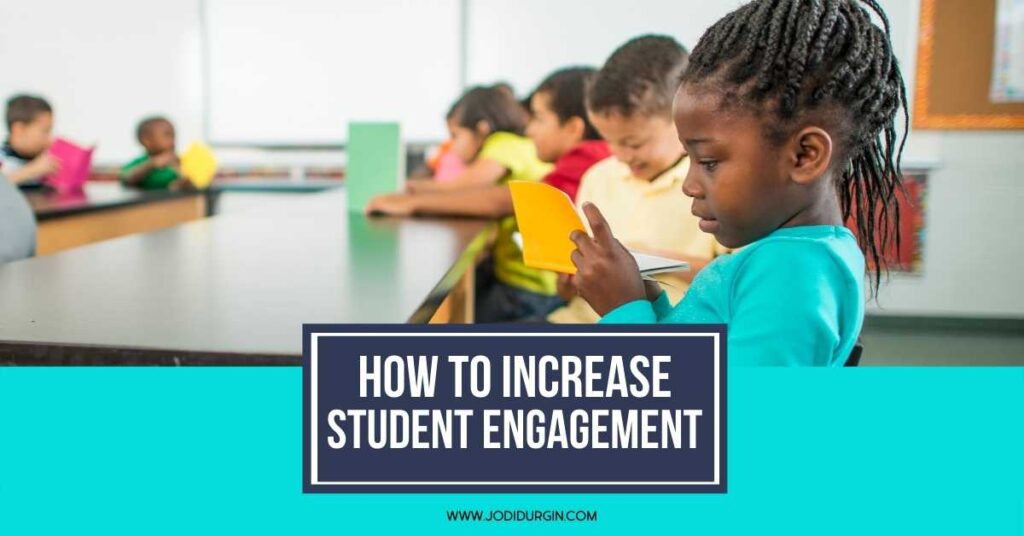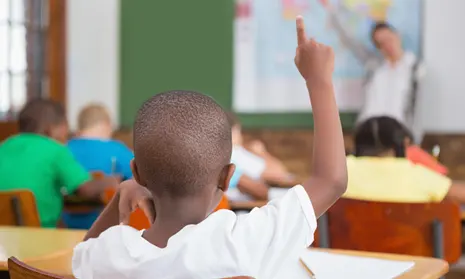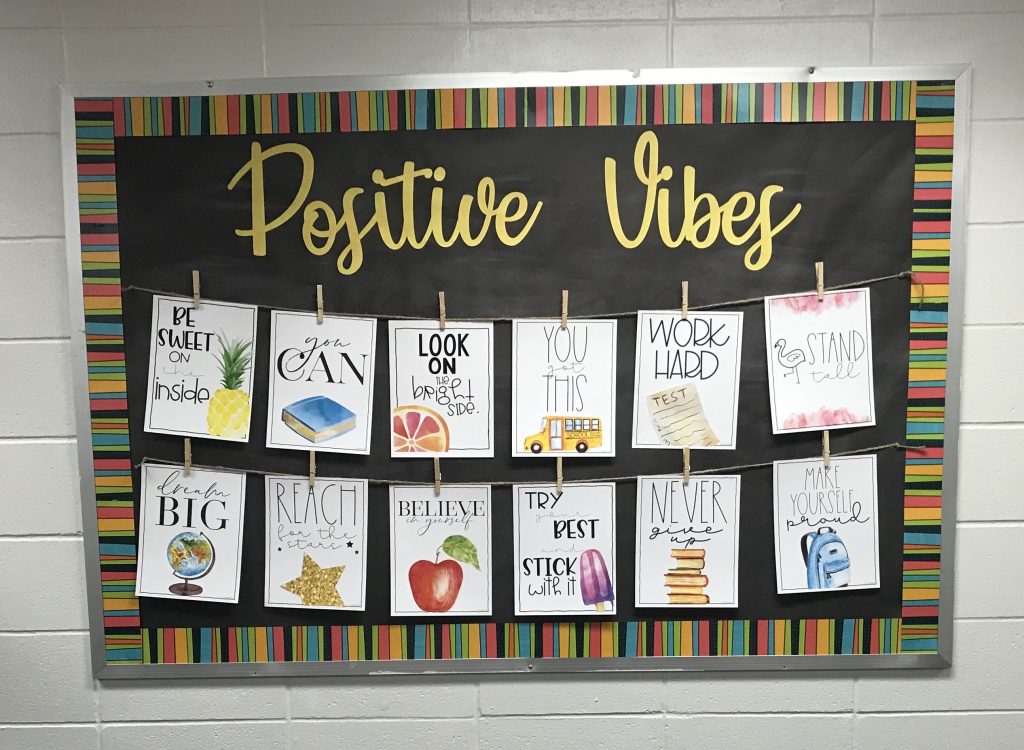
Across every class and numerous areas of learning, academic surveys support a strong correlation between student engagement and student achievement. Academic engagement can be defined as students actively participating by focusing on a task or activity. The thing about student engagement is that what works for teacher A may not work for teacher B. Individual teachers and teaching teams may need to strategize answers to the questions below:
- How can I identify the reasons why my students are disengaged and categorize which are within my control and which are not?
This will require the teacher to take a survey. Teachers are always aware of the distractions that can be fixed and those that need administrative assistance.
- What factors are proven to have a significant influence on students’ engagement in my grade band? Factors may include communication, collaboration, positive interactions, and timely feedback.
3 Activities to Boost Student Engagement
1. Know the Learning Needs of your Students
This activity is like carrying out an academic wellness check. It’s about getting students to open up to the teacher and one another. Teachers actively trying to create learning partnerships with students can use them to build engagement and empathy in the classroom. It also helps better engage kids who don’t typically express what they need to learn.

Use the strategy at the start of each class or topic as an opportunity for students who would like to explain to their teachers and peers in a safe space what they need for the learning to be effective.
Here’s how to go about it:
Have your students stand up forming a circle, or they can also remain at their desks. For you to capture every student’s need, ensure they all participate and pay attention to each other when expressing their learning needs. Close the activity in an affirming tone that you have heard their needs and will do your best to keep the learning engaging.
2. Create Positive Vibes

This is an activity that you can do to engage kids whenever you notice low energy for learning. Kids of today have low attention span – they may be seated in the classroom, but their mind is somewhere else. This is where your ability as the teacher to keep them engaged with your teaching comes in. If you are the kind of teacher that just comes to the class to talk while they only listen, then the students will get bored.
To make this more fun, use interactive boards with pictures to teach. Use relatable scenarios when teaching. You need to let your students know that the purpose of those is to engage students and prepare them for learning. You should also teach students about the power of endorphins and how to create their own whenever they feel their attention fading.
3. Engage Kids Using Relevant Question Prompts

Good question prompts are great for helping learners to engage by getting to know each other better, safely, and with parameters. It can also be an excellent formative assessment when question prompts call for learners to explain a personal connection to the content.
To make the activity fun, use this interactive wheel and have students pair up for some minutes, reminding them to share. You can edit questions on the wheel based on their lesson context and the ages of the learners.
Here are a few questions prompts you can use to guide your students and activate their prior knowledge for making authentic connections:
What is your favorite school subject, and how did it become your favorite?
Talk about an object that is special to you. What makes it so special?
What is your favorite book and why?
How do you spend your free time?
Remember, creating engagement is both science and art. In the science part, we can learn and adapt from the learning sciences, but the latter (art) is our own personal style and way we do things. Coupling them can make all the difference that our kids need to prepare for learning.